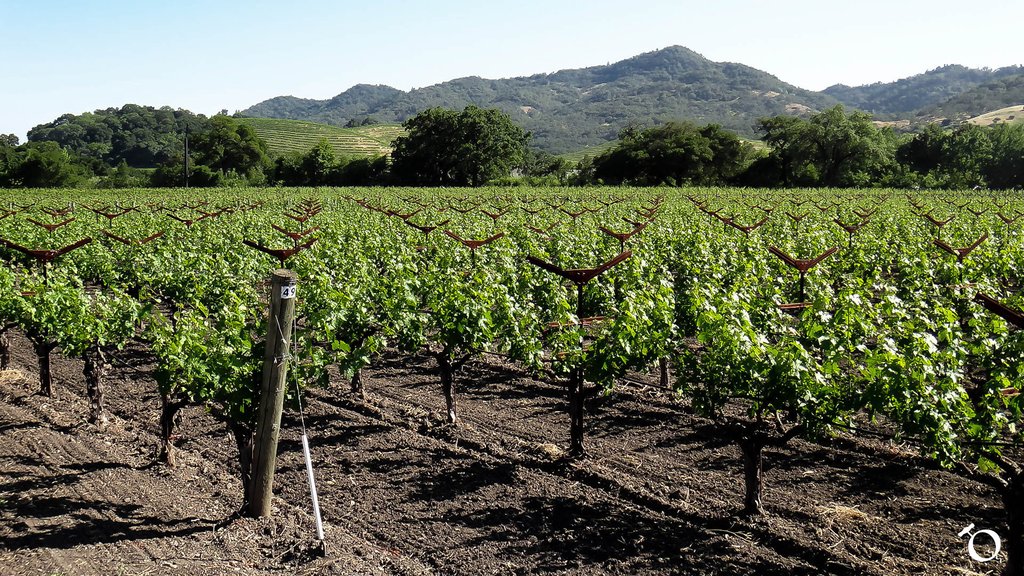Arroyo Seco - Wine Region of the Day
/Following the river of the same name through a canyon to the Salinas Valley, the Arroyo Seco appellation is largely nestled between the Gabilan and Santa Lucia Mountains. The name “Arroyo Seco” means dry creek or dry riverbed in Spanish and the river flows through the canyon to widen into a shallow sandy bed that goes dry seasonally. When the river is húmeda (wet) it flows into the Salinas River. As a result, there are two distinct microclimates in this viticultural area.
The main part of the appellation found in the Salinas Valley surround the City of Greenfield is cooler than the passage through the mountains due to afternoon winds and fogs blowing down the valley from Monterey Bay. This keeps the mid-summer high temperatures from stressing the vines and allows the grapes to mature more slowly and develop maximum flavors. The vines are prevented from getting too cold by the presence of 3-4 inch cobblestones called “Greenfield Potatoes” which retain the heat and release it slowly over the evenings. This section of the appellation produces cooler friendly varietals such as Chardonnay, Gewürztraminer, Pinot Grigio, Sauvignon Blanc, and Riesling.
The other portion of the Arroyo Seco appellation follows the river towards its source halting near the boundary of the Ventana Wilderness of the Los Padres National Forest. This section of the AVA is dominated by a steep canyon with poor soils that make the grapes work to find water. Climatically, it is warmer than the valley, a reversal of what one normally finds given the increased elevation. This area of the appellation produces Bordeaux and Rhone varietals as well as Zinfandel.
Though the Arroyo Seco Viticultural Area is one of the oldest in the country (formed in 1983) it has suffered because it has often been seen as a grower’s appellation. Initially planted in the early 1960s the grapes from its 18,240 acres were often sold to other wineries that used the grapes to produces wines with either the California or Central Coast appellations. This is changing as more wineries are using this Monterey County viticultural designation on their labels.



